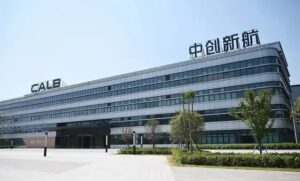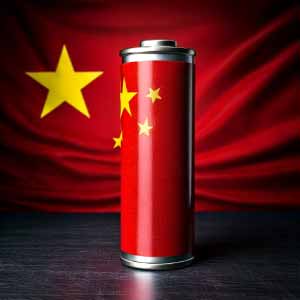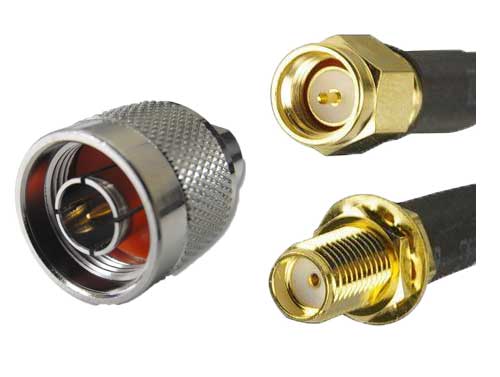CALB (China Aviation Lithium Battery Technology) Company Limited Detailed Research Report ,Product Portfolio and Technologies

CALB’s core products are rechargeable lithium-ion batteries, primarily for electric vehicles and energy storage.
The company produces both LFP (Lithium Iron Phosphate) batteries and NCM (Nickel Cobalt Manganese) lithium-ion batteries, covering two major chemistry families. Its cell formats are mainly prismatic (rectangular) cells used in battery packs, though CALB has also developed cylindrical cells.
A signature innovation is its “One-Stop (OS) battery platform”, which is a highly integrated design philosophy spanning materials, cell structure, manufacturing process, and pack integrationfinance.sina.cn. This platform focuses on simplification, low-carbon footprint, and smart manufacturing.
It is compatible with both LFP and ternary (NCM) chemistries and can be applied to vehicles ranging from mini EVs to large SUVs, covering driving ranges from 200 km up to 1000 kmfinance.sina.cn. In essence, the OS platform is CALB’s approach to cell-to-pack integration, akin to CATL’s Qilin battery or BYD’s Blade battery, enabling higher pack-level energy density by eliminating redundant pack componentsfinance.sina.cn.
For example, an OS-based LFP battery pack achieved an energy density of 153 Wh/kg, enabling 600 km range, and was first installed in GAC Aion’s Hyper GT model in 2023finance.sina.cn.
In addition to prismatic cells, CALB has introduced breakthroughs in high-performance cylindrical cells.
In April 2023, it unveiled a novel “U-type” structured cylindrical battery, which departs from the conventional tabless design.
The U-shaped current collector structure shortens the current path and significantly reduces internal resistancebatterytechonline.com.
This innovation allows 70% fewer welding points on the production line, greatly improving manufacturing efficiencybatterytechonline.com. The U-type cell boasts an energy density of 300 Wh/kg with NCM chemistry and about 200 Wh/kg with LFP or LMFP (lithium manganese iron phosphate), which is exceptionally high for a cylindrical formatbatterytechonline.com.
Moreover, due to lower internal resistance and heat generation, it supports 6C ultra-fast charging (full charge in ~10 minutes)batterytechonline.com. These specs put it on par with or better than some of the best cells in the industry, highlighting CALB’s focus on performance innovation.
CALB is also actively exploring next-generation battery technologies:
- Sodium-ion batteries: CALB recognizes Na-ion cells as a promising low-cost alternative and has been investing in R&D. In September 2023, the company filed a patent for a new sodium-ion battery (patent number CN117199341B) and this patent was granted by early 2025sohu.com. Sodium-ion batteries have advantages in abundant raw materials and better high-temperature stability.
However, CALB’s management views Na-ion as a complement to Li-ion rather than a replacement in the near termfinance.sina.cn.
The company’s research institute is working on sodium-ion chemistry, but it has not started commercialization projects yet, due to sodium-ion’s current shortfalls in energy density and the need for more breakthroughsfinance.sina.cn. - Solid-state batteries: CALB is participating in China’s collaborative efforts (e.g., CASIP) to develop all-solid-state batteries (ASSB). It has achieved lab-scale results that are among industry-leading in metricsfinance.sina.cn.
However, management acknowledges that true mass production of solid-state batteries is still some years away, requiring maturation of the entire supply chainfinance.sina.cn. CALB expects Li-ion batteries with liquid electrolytes to remain the dominant technology for a long time, and sees solid-state as a future option once technical and manufacturing challenges are resolvedfinance.sina.cn.
In summary, CALB’s product strategy centers on improving conventional Li-ion batteries (LFP/NCM) through engineering innovation (like OS platform and U-type cells) while keeping an eye on emerging chemistries (sodium-ion, solid-state) to ensure it stays at the forefront of battery technology. This approach is supported by a strong patent portfolio of about 3,800 patents held by CALBsohu.com, demonstrating its commitment to R&D and intellectual property protectionbatterytechonline.com.






